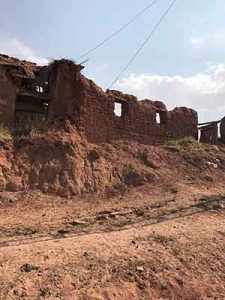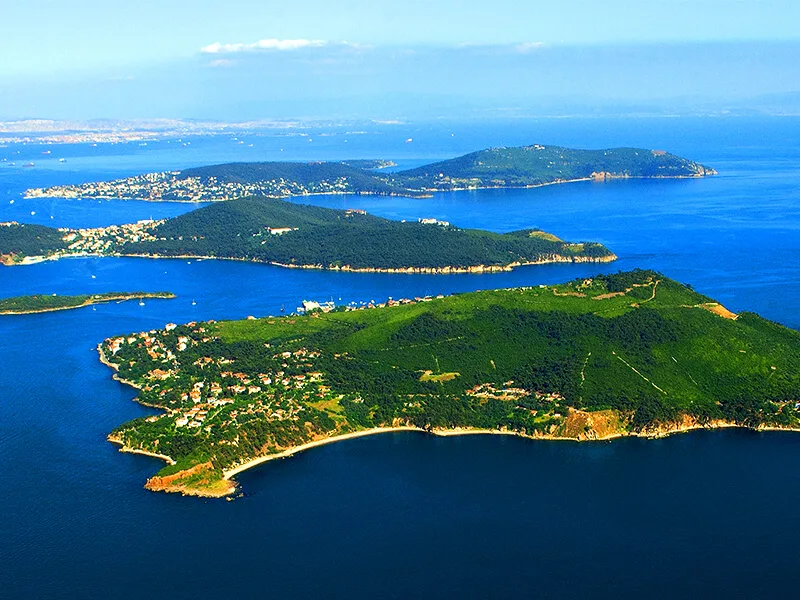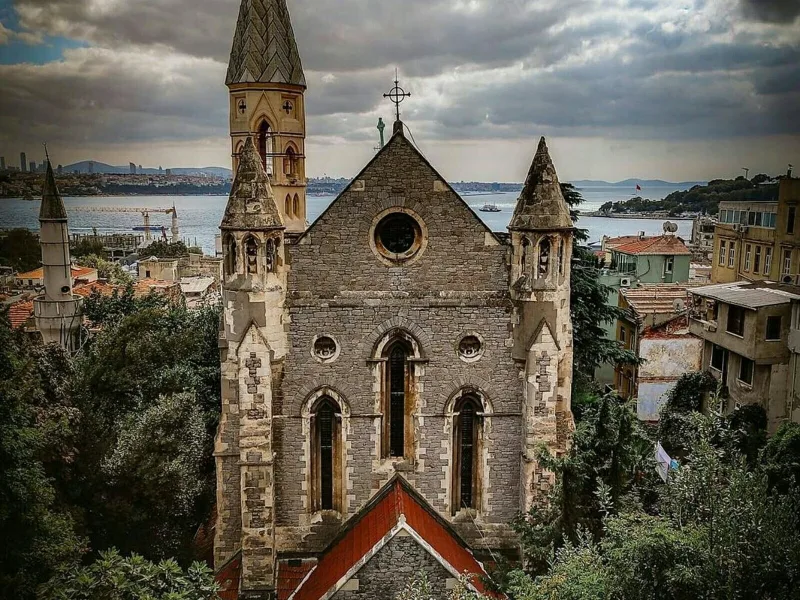Kırşehir is located in the center of Anatolia. Having a history dating back to the time of the Hittites, the city became an important settlement during the time of Emperor Justinian I and was one of the spiritual bases of the Ottoman Empire, hosting the Ahi organization in the 13th century. Kırşehir is surrounded by Kırıkkale, Yozgat, Ankara, Nevşehir and Aksaray.
Climate and Cuisine
In Kırşehir, where the continental climate prevails, summers are hot, and winters are very cold. The city has low rainfall and an arid climate. Therefore, it does not have a very rich flora in terms of vegetation.
The local dishes of Kırşehir are mostly brought to the table with pastries. Ground meat and meat are supplementary parts of recipes that are rich with rice, bulgur, spices, and tomato paste. Çömlek paça (pottery meat) and çömlekte kuru fasulye (pottery beans) are must-try. Also, kesme aşı, madımak, düğür çorbası, pancar çırpması, soğanlama, çullama, sündürme, ayva dolması are different tastes of the city.

Stuffed Quince
Places to Visit

Ruined traditional mubidbrick house building in Karakuyu village in Kırşehir
Especially in the 13th and 14th century, the city had a historical significance developed around Ahi Evran. A visit to Kırşehir promises a beautiful holiday plan with a wide range of options.
- Ahi Evran Shrine and Mosque: The mosque and tomb built in the name of Ahi Evran, who is the founder of Ahi organization (Turkish-Islamic guild), is open to visitors.
- Mucur Underground City: The city, which was built in the 3rd and 4th centuries after Christ, is now visited as a highly sheltered underground city with 42 rooms, many passages, passageways, and places of worship.
- Çağırkan Kale Mound: Located in the Kaman district, Çağırkan Kale Höyük has a landfill structure. Remains dating back to the 3000s BC were recovered. Hittite and Phrygian artifacts were found in the mound.
- Japanese Garden: Built by the Japanese archeologist Sachihiro Omura, you can visit his personal memorial work.
- Cacabey Madrasah: It served as an observatory during the Seljuk period, which was built during the time of Hüsrev, and has a beautiful mosque with its blue tiles.
- Üçayak Church: Üçayak Church located in Taburoğlu Village is a work of the 10th century Byzantine period.
- Uzun Bazaar
- Terme Thermal Springs
- Lake Seyfe
Festivals
The Neşet Ertaş Culture and Art Festival in the Mucur district of Kırşehir are held in the first week of August. In addition, the Folkloric Poets Festival in July is one of the important events. Kaman Walnut Festival is organized in Kaman in October.

Kırşehir is located in the center of Anatolia.
How to Get There
Located in the center of Anatolia, Kırşehir is one of the most ideal areas for transportation by road. If you want to go by air, Nevşehir Airport is only 80 kilometers away from Kırşehir, and Kayseri Airport is a 2-hour drive.




